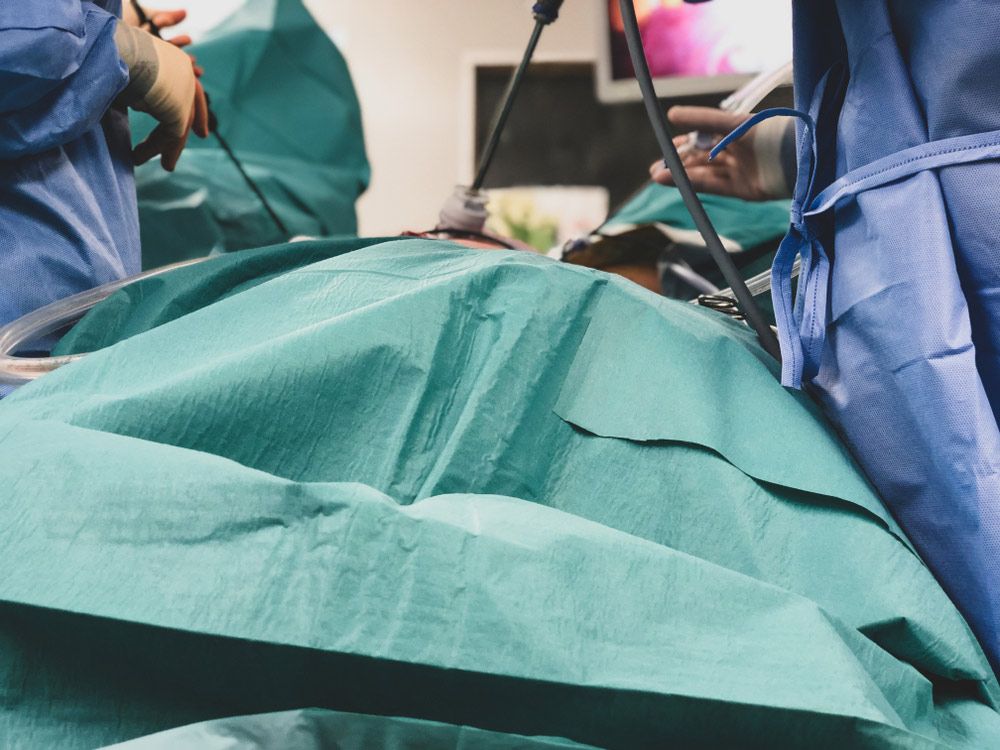We Provide Oesophagectomy in Brisbane
Wide Range of Surgical Treatments
Support for Enhanced Recovery After Surgery (ERAS)
Non-Judgemental Practitioners
What Is Oesophagectomy?
Oesophagectomy is the removal of the oesophagus, or swallowing pipe. This is usually done for cancer, but also occasionally for end stage (severe) achalasia. The stomach is mobilised and turned into a conduit, or new oesophagus, and then pulled into the chest or neck and joined to the remaining oesophagus.
Oesophagectomy requires a 10 – 14 night stay in hospital, longer if there are complications. Part or all of the procedure is usually done laparoscopically, minimising pain after surgery. A feeding tube is placed into the bowel below the stomach to allow feeding during the hospital stay.
Indications & Side Effects
Indications
Surgery to remove oesophageal cancer remains the only potential cure for tumours of the oesophagogastric junction (‘OGJ’, or bottom of the oesophagus). Chemotherapy + radiotherapy is often used before surgery to improve the chance of cure.
Side effects
Side effects of surgery can include:
- Nausea.
- Difficulty eating meals, early satiety.
- Dumping.
- Weight loss.
- Reflux.
- Fatigue.
These problems will settle over the 6-8 weeks after surgery, though it normally takes patients between 3 and 6 months to regain their normal quality of life.










